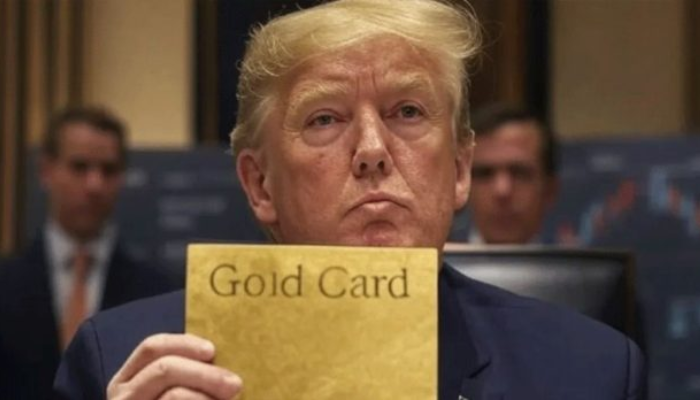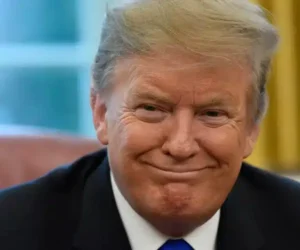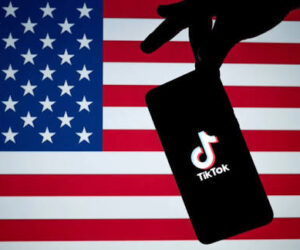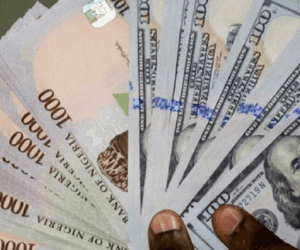President Donald Trump introduced his “gold card” programme on Friday, offering wealthy foreigners a $1 million visa that provides a fast-track route to live and work in the United States.
Officials have not clarified whether the gold card replaces the EB-5 investor visa, which grants residency for $800,000, or creates an entirely new visa category. Immigration attorneys have cautioned that Congress must approve any new category.
The administration began promoting the gold card earlier this year, opening a waiting list for applicants in June. At the White House rollout, Commerce Secretary Howard Lutnick, who led the initiative, described the programme as a way to boost US investment and revenue.
Lutnick projected the scheme could raise $100 billion, which Trump said might be used to cut taxes and reduce the federal debt.
Read Also: Trump raises H-1B visa application fee to $100,000
“We were taking in the bottom quartile,” Lutnick said of the existing visa programme. “We are going to stop doing that. We are going to only take extraordinary people at the very top, instead of people trying to take the jobs from Americans.”
The announcement adds to Trump’s series of unconventional revenue-raising measures. Since taking office, he has imposed tariffs, taken a stake in Intel, demanded 15 per cent of Nvidia’s chip revenue from sales to China, and suggested the government deserves a share of revenue from university patents.
According to a government website, another visa scheme, dubbed the “Trump Platinum Card,” is also in development. It would cost $5 million and allow holders to spend up to 270 days a year in the US without paying tax on non-US income. Trump made no reference to it on Friday.
The gold card arrives alongside the administration’s wider immigration crackdown. On Friday, Trump also imposed a new $100,000 fee on H-1B applications, the visa programme that allows US firms to employ foreign workers in speciality occupations.









